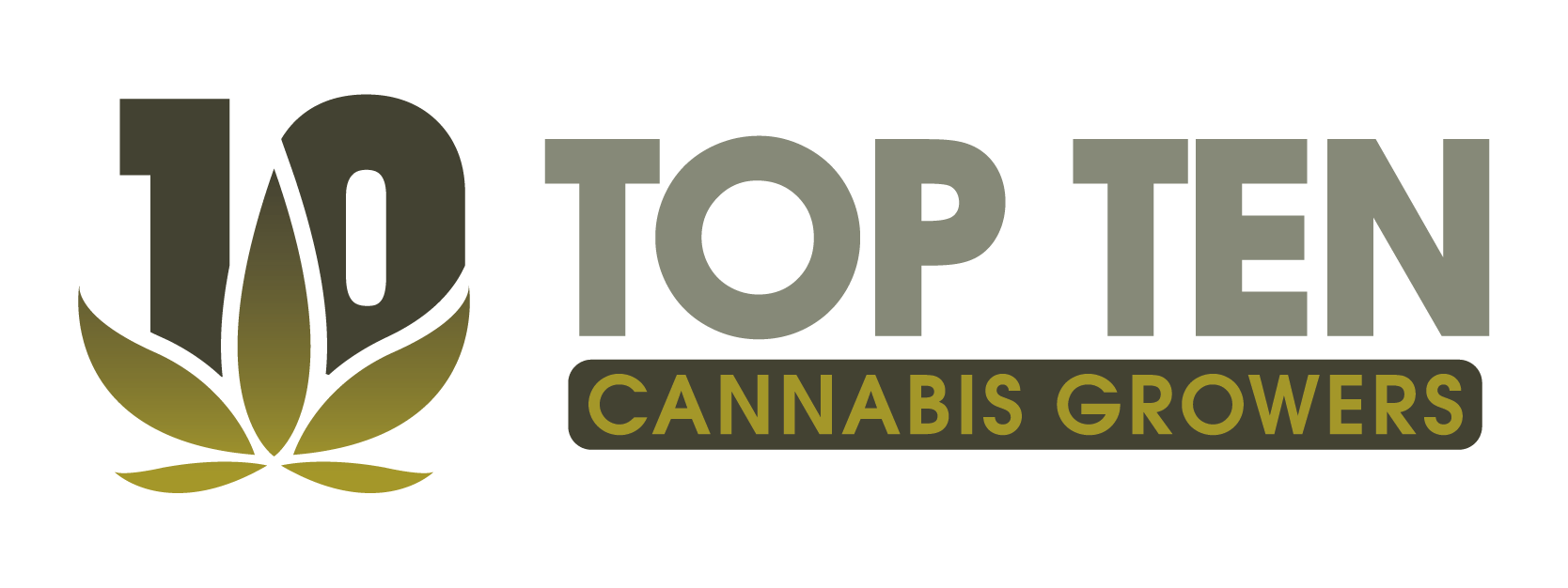Small‑batch cannabis cultivators are navigating a complex, increasingly saturated legal market by leveraging agility, authenticity, and high‑value differentiation to compete against multi‑state operators (MSOs) and scaling pressures. Their success hinges on four core strategies: quality and brand storytelling, genetic innovation, distribution partnerships, and regulatory efficiency.
Market context and pressures
By 2025, the U.S. legal cannabis industry is projected to exceed $45 billion in sales, with the global cultivation sector growing from $179 billion in 2024 to more than $208 billion in 2025, driven by a ~16 % CAGR. Within that, the craft‑ or small‑scale cultivation segment—delivering high‑quality flower in limited runs—is set to expand rapidly, with dedicated craft cannabis sales in 2024 valued at about $12.6 billion, growing at ~15.7 % annually through the decade. Yet growth and opportunities coexist with intense competition and shrinking margins—especially as MSOs and large indoor farms dominate much of the supply chain.
1. Craft identity through superior quality and storytelling
Small growers capitalize on consumer desire for authentic, fresh, and traceable product. Indie brands in 2025 are attracting customers who reject corporate cannabis and value connection to growers. These growers emphasize post‑harvest care, terpene profiles, and environmental stewardship, positioning each batch as artisanal. Branding rooted in legacy landraces or sustainable practices enables premium pricing despite limited volumes.
2. Genetic agility and product differentiation
Small cultivators often lead on strain innovation. Unconstrained by corporate bureaucracy, they can test and introduce new genetics swiftly, staying ahead of MSOs’ slower rollouts. By offering rare or unique cultivars, they secure shelf space and consumer loyalty. This approach provides both novelty and exclusivity—key differentiators in crowded markets.
3. Distribution and retail collaboration
Building strong relationships with local dispensaries and boutique retailers allows small growers to punch above their weight. Many dispensaries appreciate curating limited‑batch offerings that tell a story—something large suppliers cannot easily emulate. Direct nursery or in‑house events, holiday drops, and small lines of derivative consumables further deepen engagement with high‑margin channels.
4. Regulatory and operational efficiency
Despite higher per‑unit production costs, small growers survive by optimizing operations—limiting SKUs, reducing waste, and controlling inventory precisely. Thoughtful SKU reduction reduces overhead and simplifies compliance. Some growers specialize in either indoor or outdoor models depending on regulation: outdoor top‑shelf flower from renowned terroir can still fetch high prices, especially for eco‑conscious consumers.
Technical adaptability also plays a role—many small operations adopt vertical‑farming, aeroponic, or mixed indoor techniques to maximize yield per square foot and reduce footprint. These smaller-scale but high‑efficiency systems deliver consistent quality, while also aligning with sustainability credentials.
5. Navigating legal and environmental challenges
Smaller growers face systemic risks—from wildfires and climate impacts to inequitable regulatory frameworks favoring larger producers. In California, small cultivators confronting escalating insurance and compliance costs are exiting the industry amid sharply declining wholesale prices—from over $2,000 per pound during the pandemic to roughly $1,200 recently. In New York, restrictive indoor cultivation licensing has concentrated production among a few legacy operators, leaving licensed small growers relegated to greenhouse or outdoor grows—hindering their ability to meet consumer demand for indoor flower. These policy imbalances drive consumers back to illicit markets or out‑of‑state suppliers rather than supporting local craft producers.
6. Consumer trust and illicit market pressure
Even as consumers seek artisanal cannabis, small operators often must compete with illicit supply that remains cheaper due to lower overhead and lighter regulation. Legal producers must invest in testing, traceability, packaging, and compliance, raising costs. As a 2022 Time article noted, the high cost of legal compliance continues to limit price competitiveness and accessibility for many consumers. Licensed small growers can fight back by foregrounding safety, lab testing, and provenance—value points illicit sources cannot credibly deliver.
7. Outlook and analyst insight
By mid‑2025, industry surveys show 77 % of cannabis businesses anticipate sales growth, with average expectations of ~38 % year‑over‑year expansion—though small businesses in the U.S. South were notably more pessimistic. Analysts emphasize that growth favors those agile enough to navigate technological changes, legislative shifts, and consumer trends. Small‑batch growers that invest in brand, genetics, efficiency, and compliant infrastructure can thrive—even in a market tilted toward scale.
Read More: Women on the Rise: Cultivating Change in U.S. Cannabis
